Jacobs to design remotely-operated tools for ITER
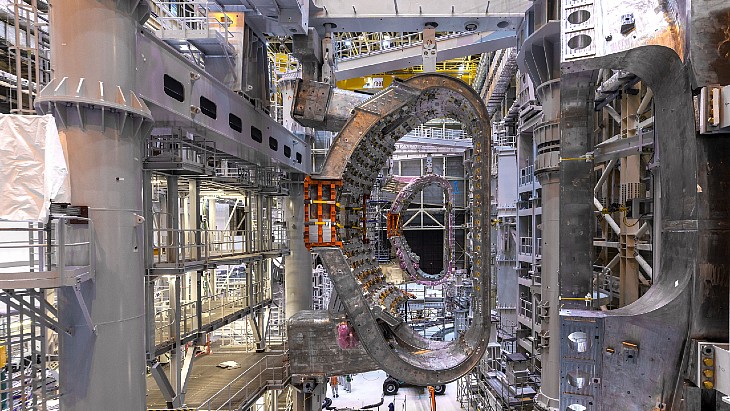
The contract covers work on up to 25 diagnostic ports and systems in the multinational ITER fusion reactor being built in southern France. It is for four years with a possible two-year extension, Jacobs said, with the company designing and engineering remotely-operated tools.
Karen Wiemelt, Jacobs Energy, Security and Technology senior vice president, said: "Our support of the maintenance of these diagnostics systems not only delivers on Jacobs' commitment to climate response but also our purpose of creating a more connected, sustainable world ... through our team in Aix-en-Provence, combined with the full strength of Jacobs' global capability, we will work with ITER to channel our technology-enabled knowledge and experience toward benefiting people and the planet."
ITER is a major international project to build a tokamak fusion device in Cadarache, France, designed to prove the feasibility of fusion as a large-scale and carbon-free source of energy. The goal of ITER is to operate at 500 MW (for at least 400 seconds continuously) with 50 MW of plasma heating power input. It appears that an additional 300 MWe of electricity input may be required in operation. No electricity will be generated at ITER.
Thirty-five nations are collaborating to build ITER - the European Union is contributing almost half of the cost of its construction, while the other six members (China, India, Japan, South Korea, Russia and the USA) are contributing equally to the rest. Construction began in 2010 and the original 2018 first plasma target date was put back to 2025 by the ITER council in 2016. That timeline for first plasma is currently in the process of being revised, following the COVID-19 pandemic and the discovery of defects in the thermal shields and vacuum vessel sector.
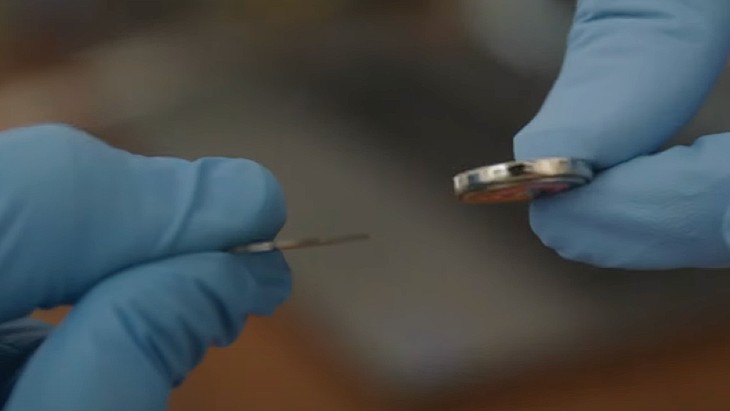
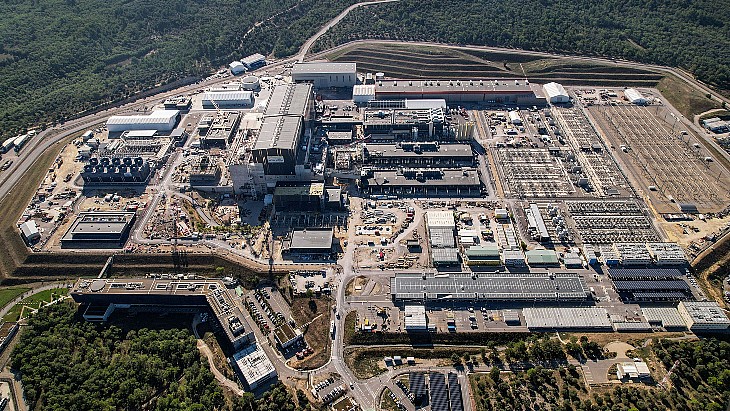
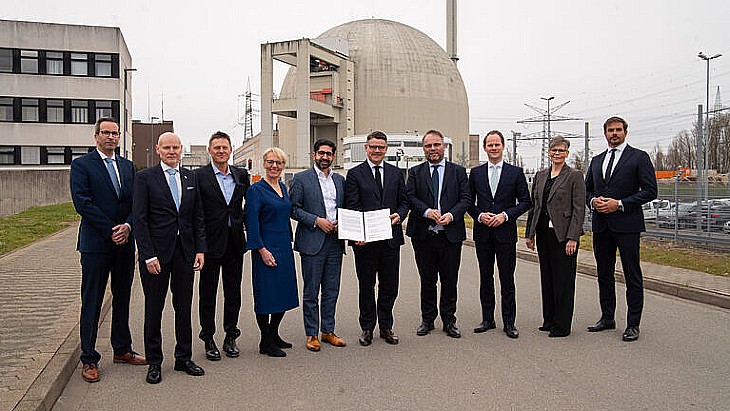
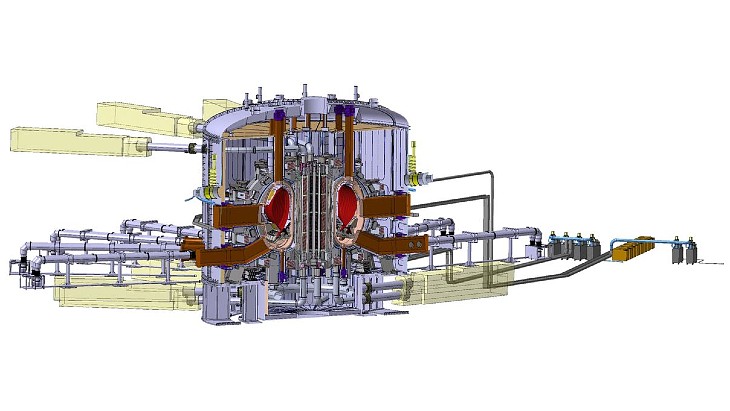





_50521.jpg)


